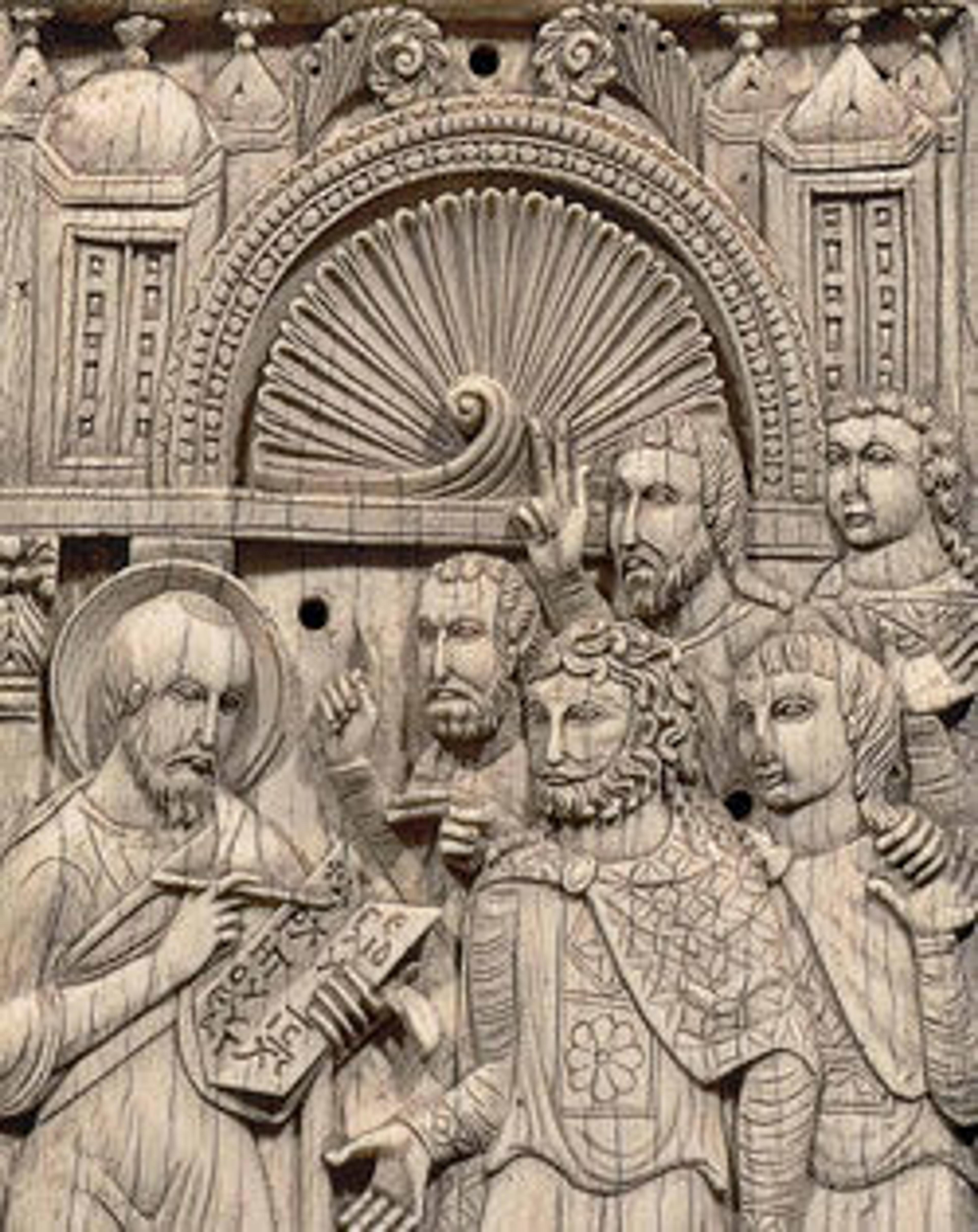Fragment of a Frieze with Winged Pinecones and Palmettes
The decoration of this panel draws on local traditions. The wing pattern and the pomegranate between the palmettes on the right side were popular images in Sasanian art, while the vine leaves derive from Hellenistic motifs. The pinecone became popular in the Umayyad period and continued to play a role in early Islamic ornament.
Artwork Details
- Title: Fragment of a Frieze with Winged Pinecones and Palmettes
- Date: 8th–9th century
- Geography: Attributed to possibly Eastern Mediterranean
- Medium: Wood; carved
- Dimensions: H. 5 1/8 in. (13 cm)
Diam. 5 1/4 in. (13.3 cm)
Wt. 11.7 oz. (331.7 g) - Classification: Wood
- Credit Line: Purchase, V. Everit Macy Gift, 1930
- Object Number: 30.112.5
- Curatorial Department: Islamic Art
More Artwork
Research Resources
The Met provides unparalleled resources for research and welcomes an international community of students and scholars. The Met's Open Access API is where creators and researchers can connect to the The Met collection. Open Access data and public domain images are available for unrestricted commercial and noncommercial use without permission or fee.
To request images under copyright and other restrictions, please use this Image Request form.
Feedback
We continue to research and examine historical and cultural context for objects in The Met collection. If you have comments or questions about this object record, please contact us using the form below. The Museum looks forward to receiving your comments.
